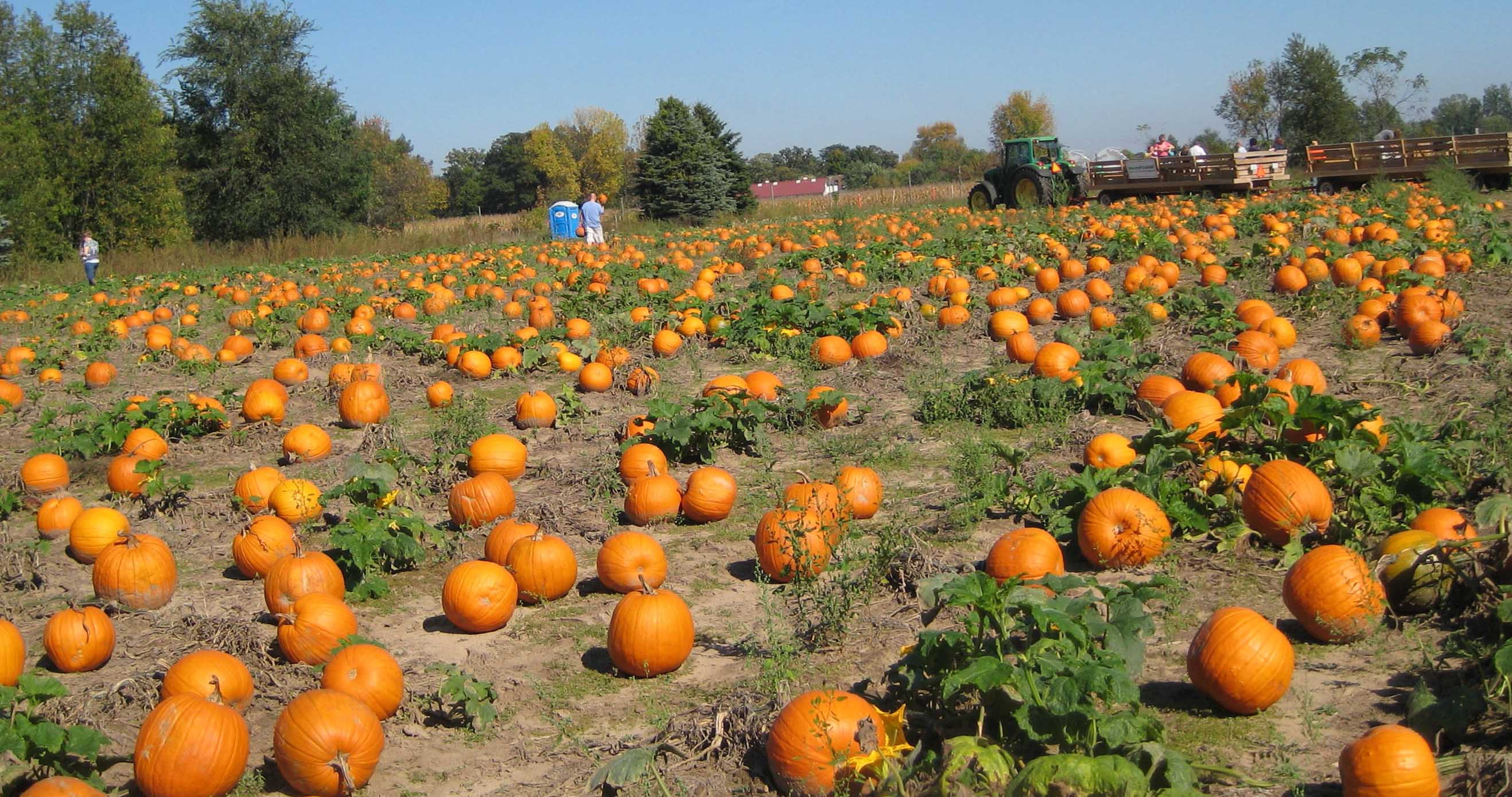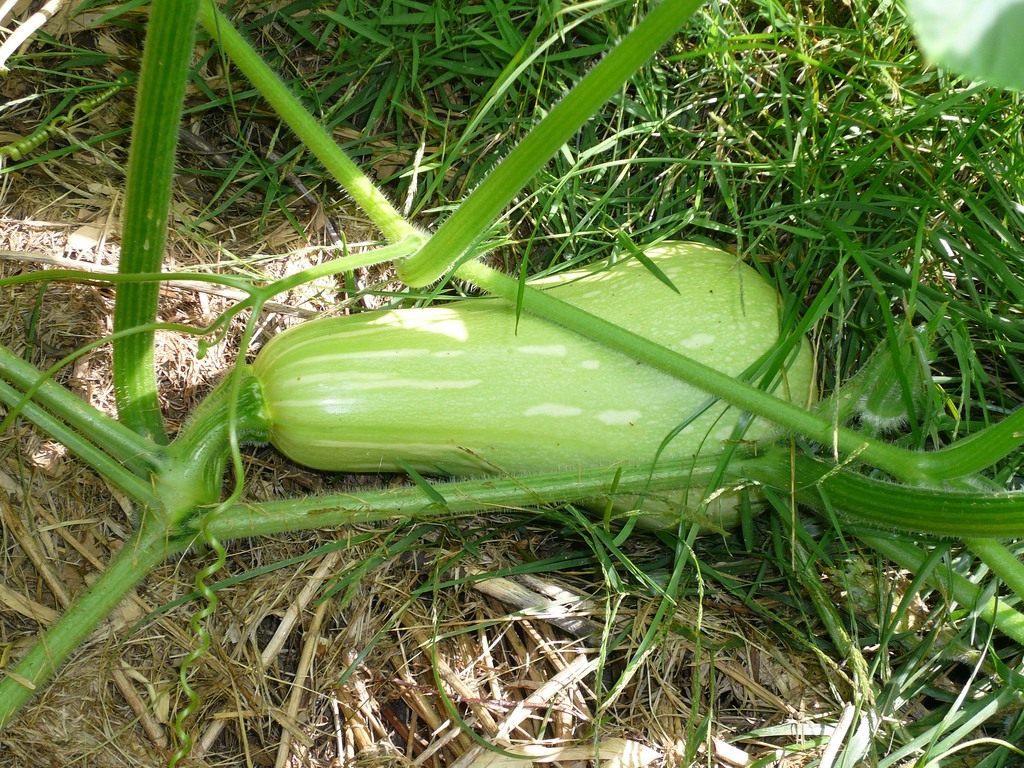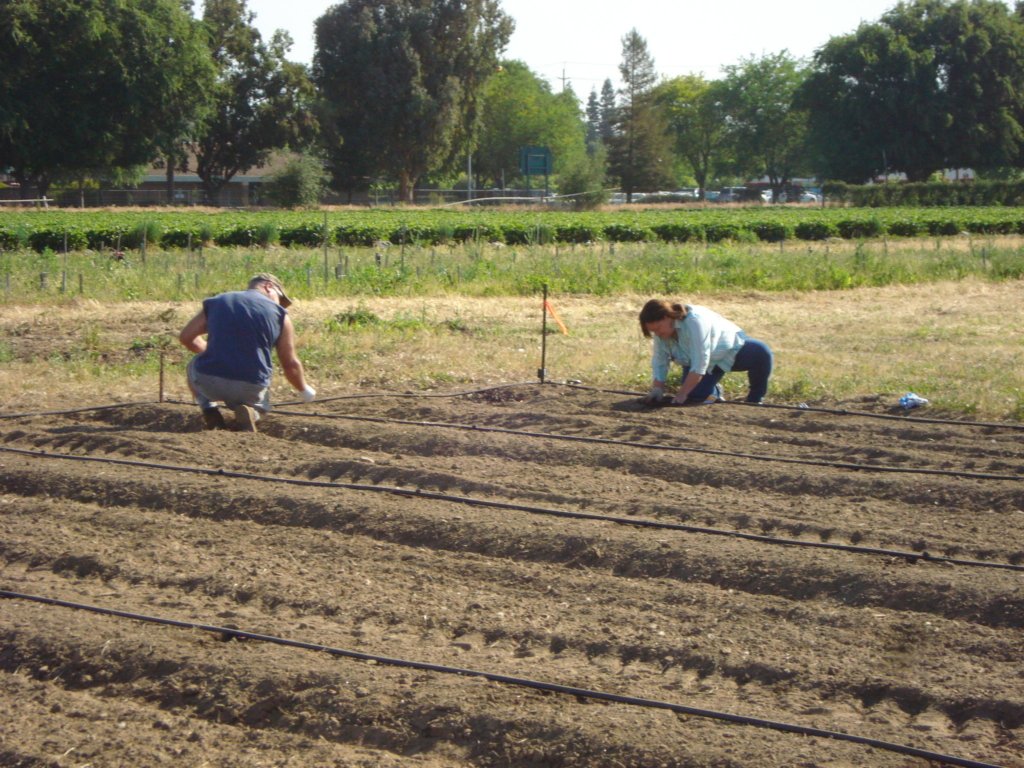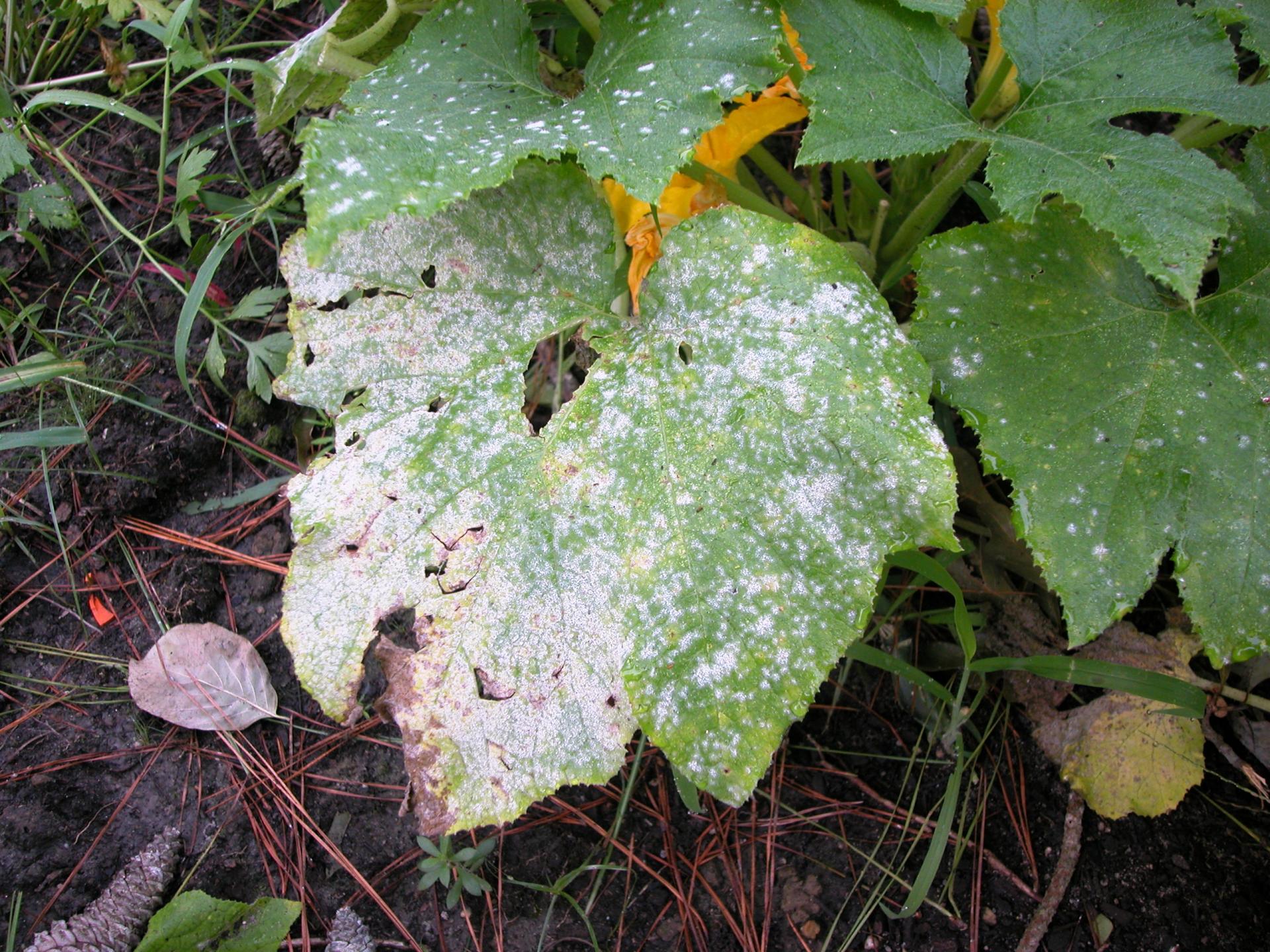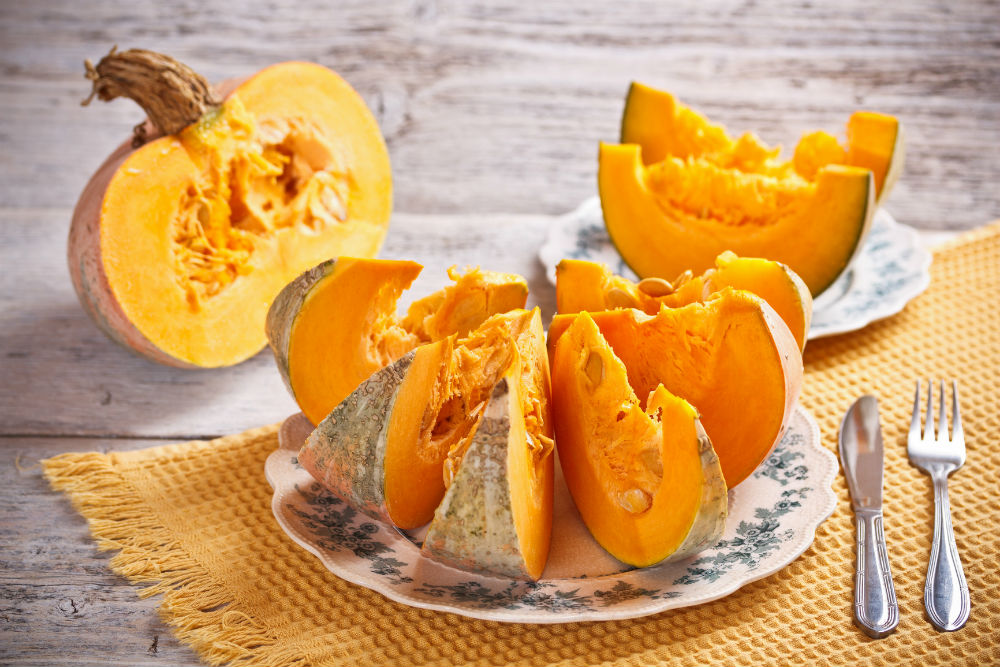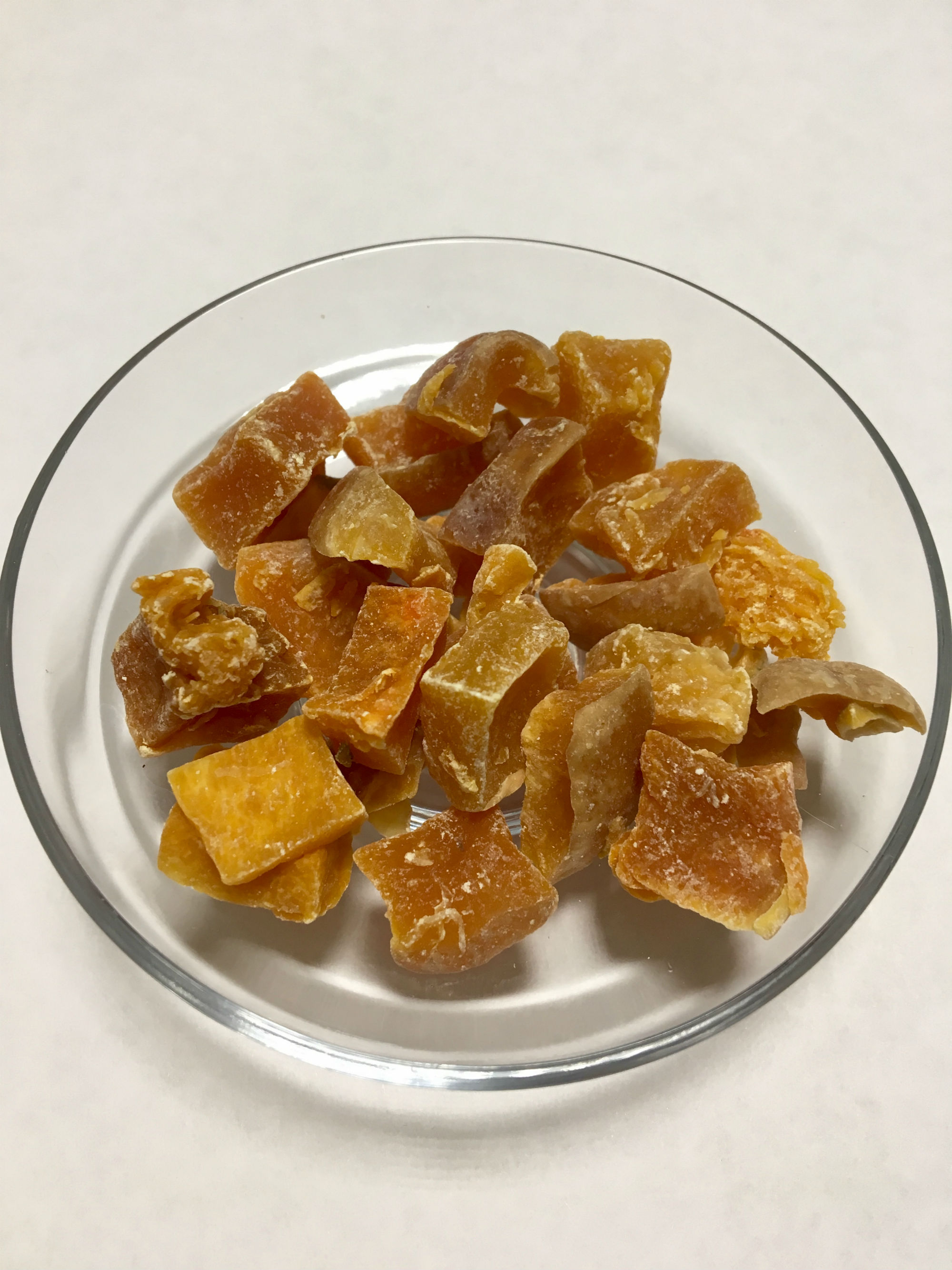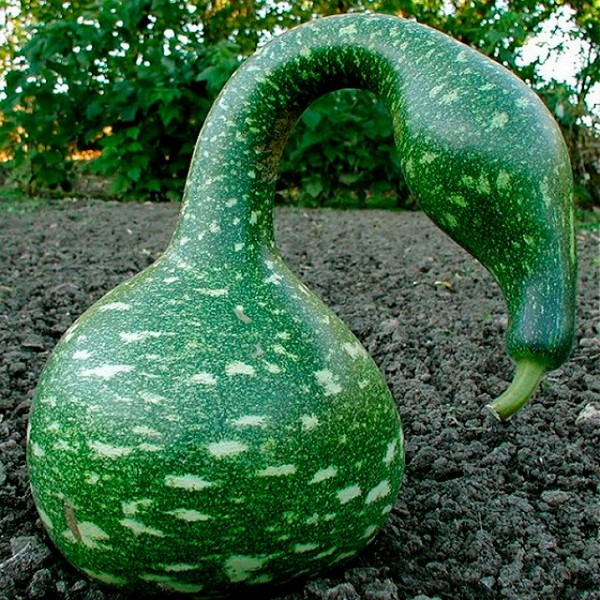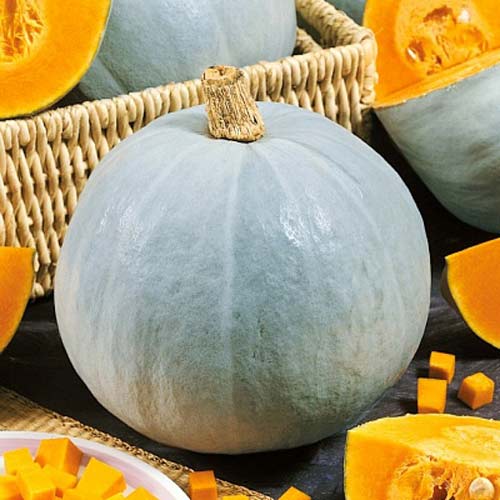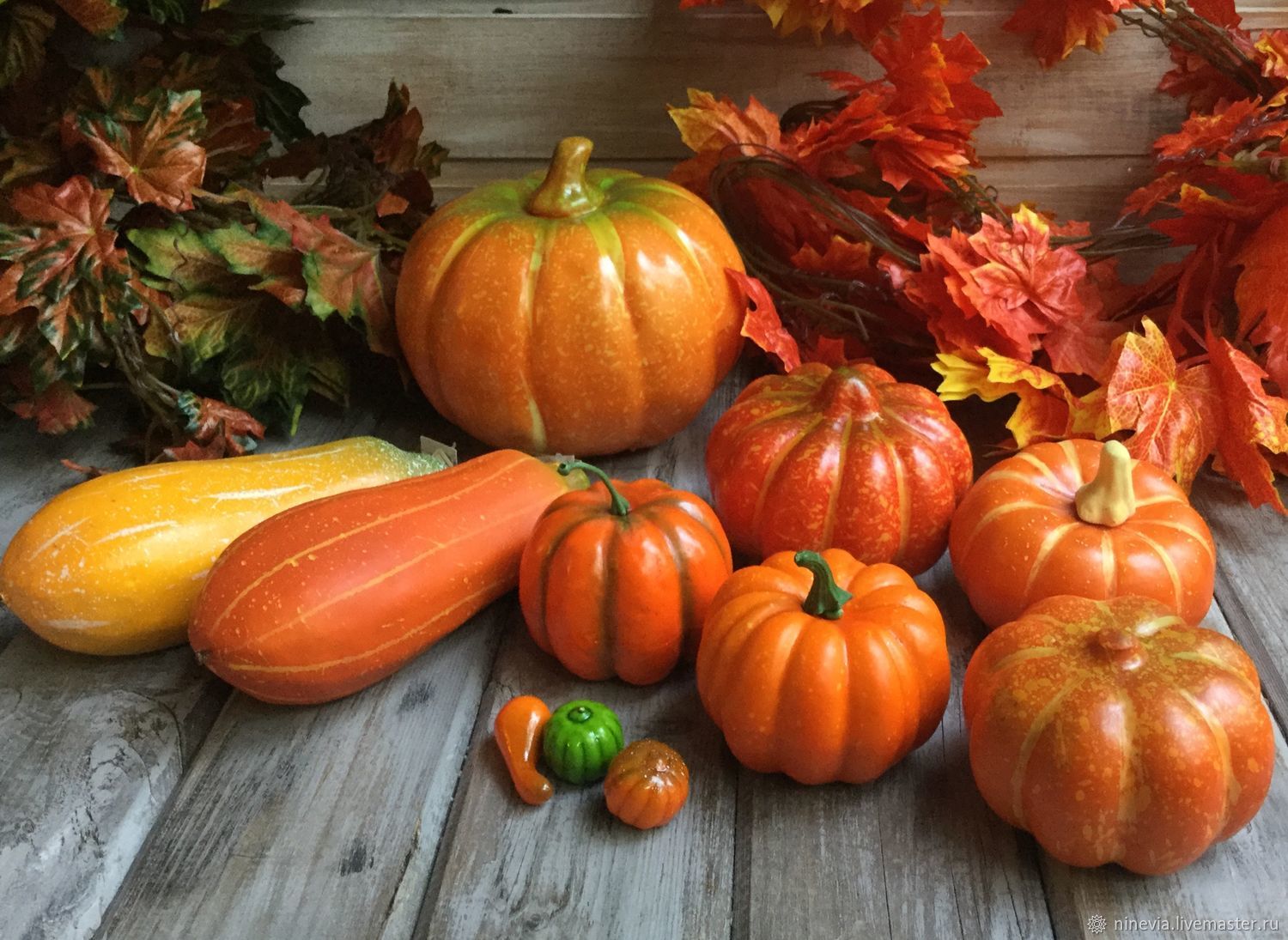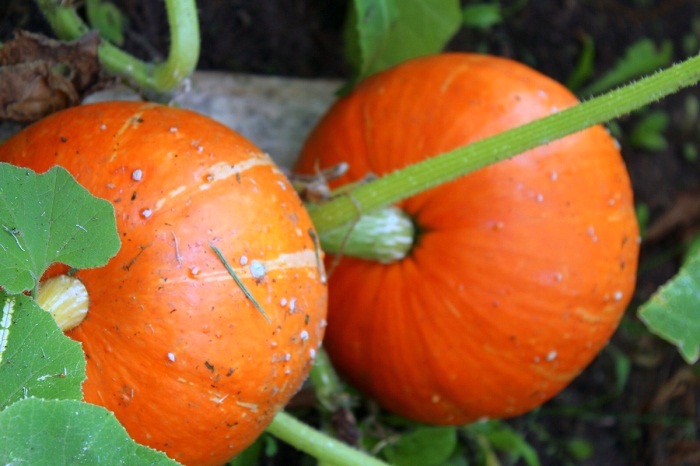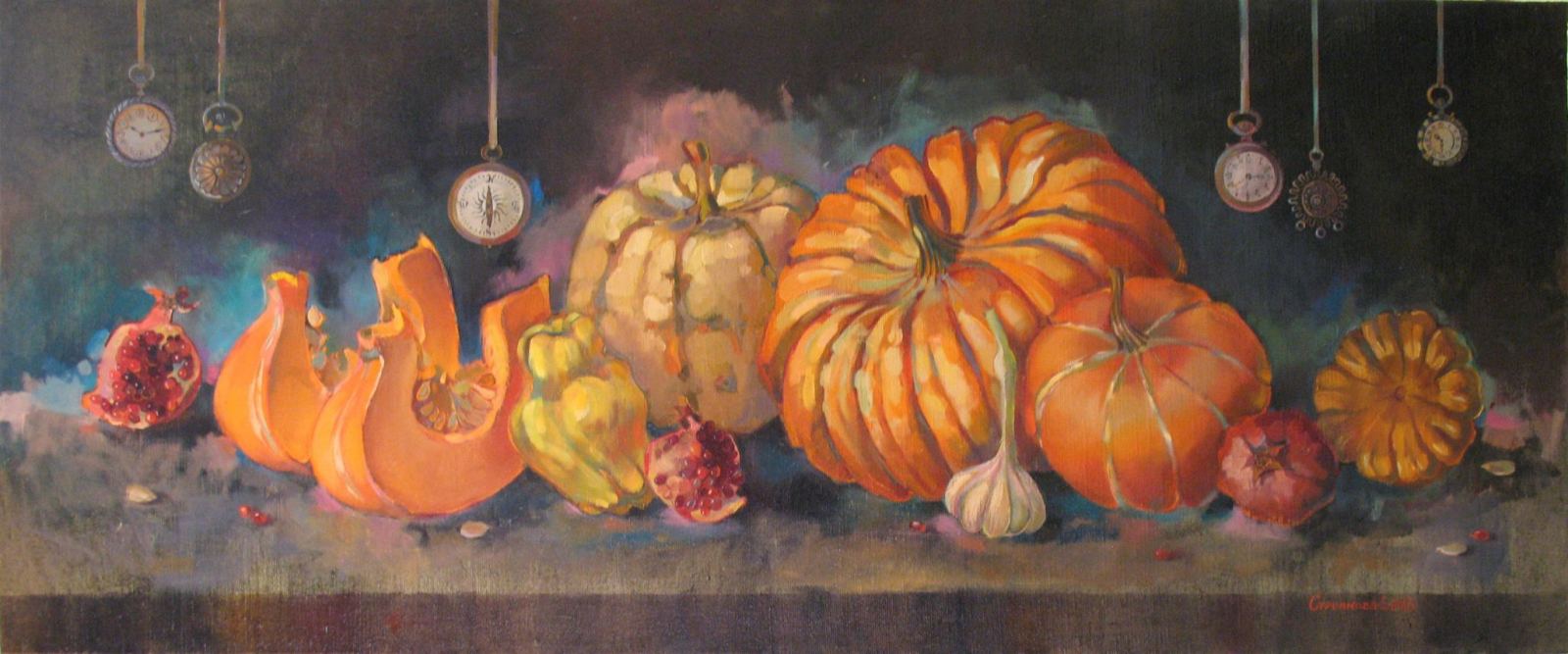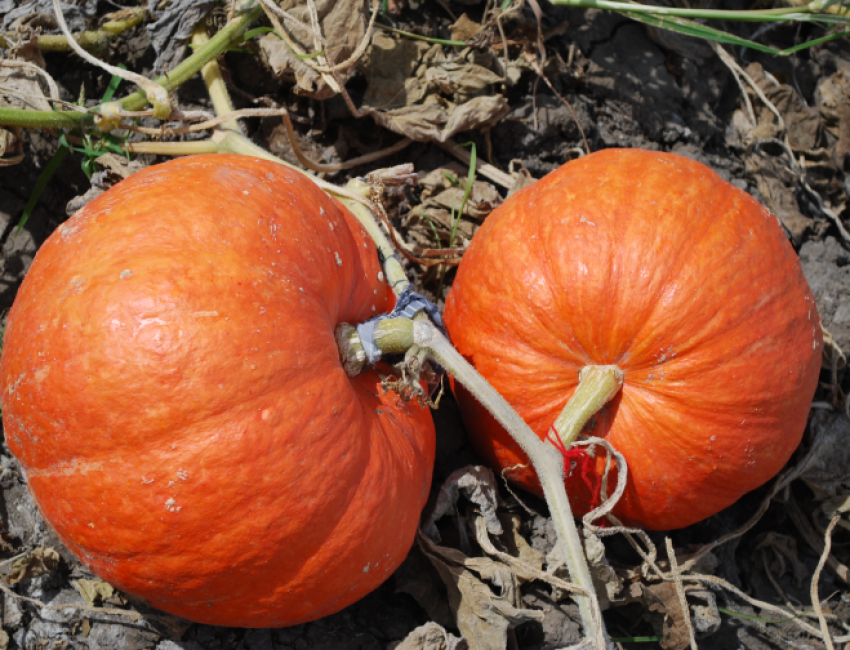Content:
Pumpkin Nutmeg pearl (and some other similar varieties) is very popular with domestic gardeners. Its fruits contain a large amount of vitamins and are distinguished by excellent taste. This culture is quite unpretentious and can grow throughout the territory of Russia, with the exception of the North-West and the regions of the Far North.
Butternut squash grows like a wild plant in South America. Its varieties, growing in the plots of domestic summer residents, were artificially bred by Russian breeders in the second half of the 20th century and adapted to the conditions of the Russian climate.
Frost resistance
Since butternut squash is native to South America, it requires a warm climate with high humidity to grow. But if you plant a plant not in open ground, but in a greenhouse, it will perfectly take root in a rather cold climate.
For cultivation in the Central Region, it is better to choose varieties that ripen early. Late varieties simply do not have time to ripen due to the fact that the short summer of the Russian middle zone is quickly ending.
Yield
In Russia, early and mid-season varieties of butternut pumpkin give the most crops. The most productive mid-season variety is considered to be "Marble" (up to 10 kg, 130 days from planting to harvest). The most productive early maturing variety is the Prikubanskaya variety (up to 12 kg, 100 days from planting to harvest). But the Prikubanskaya pumpkin is very demanding on temperature conditions, therefore, to get a large harvest, it should be grown in a greenhouse.
The number and weight of fruits harvested per square meter of the plot depends on the care of the plant, as well as on the weather and may vary in different years.
Bloom
The butternut squash has male and female flowers that are pollinated by bees, so the plant will grow well on the territory of the beekeeping farm. The culture begins to bloom about 50 - 55 days after planting.
Pumpkin "Muscat de Provence" begins to bloom earlier than all - on the 45 - 48th day from the moment of planting in the greenhouse, on the 50th day from the moment of planting in open ground.
During flowering, it is necessary to increase watering. When growing this crop, gardeners are often faced with "barren flowers" - flowers that do not give ovary. To solve this problem, during the flowering period, you need to spray the plants one or more times with a special "Ovary" agent. This product promotes the formation of ovaries and healthy large fruits.
Plant parameters
Different varieties of butternut squash have different flowers, leaves, and ties. For example, the description of the variety of the pumpkin variety "Pearl" differs from the "Marble" one.
On average, these parameters are as follows:
- Plant height 55 - 70 cm;
- Fruit sizes 0.7 - 1 m in length;
- Fruit weight 8 - 18 kg;
- Fruit shape - cylindrical, similar to the shape of a vegetable marrow;
- Leaf size is medium;
- The shape of the leaves is heart-shaped, the leaves are covered with soft fluff on the outside.
The leaves of a healthy plant are dark green in color.Lightening and yellowing of leaves can signal a lack of nutrition and moisture, bacterial and fungal infections.
Landing
Most often on sale you can find seeds of such varieties as "Prikubanskaya", "Pearl" and pumpkin "Vitaminka". Seeds intended for cultivation should be pre-treated with a fungicide solution to prevent fungal diseases.
After planting in open ground, the plant needs to be watered, and then gently loosen the ground so that all the moisture is absorbed. If planting is carried out in a greenhouse, the greenhouse must be ventilated so that condensation does not accumulate inside.
You need to plant plants on a warm, windless day when there is no rain. The landing technique is pretty simple. The main thing is not to plant too closely, crowded, so that later you do not have to thin out young seedlings. Butternut squash grows quickly and loves space.
When landing, keep in mind the following:
- In the Russian central lane, it is best to plant not seeds in open ground, but pre-grown at home or purchased seedlings;
- The air temperature during planting of the nutmeg gourd should be at least 12 degrees, the ideal option is 14 - 16 degrees;
- You need to take out the plants from the pots and plant them very carefully, since the nutmeg pumpkin has branched roots, it is very easy to damage them;
- Only the healthiest and largest plants should be selected for planting.
Butternut squash prefers medium acid soil, rich in nutrients. The plant does not like drought, so the soil should be moist all the time.
Care
The most unpretentious variety to care for is Vitaminnaya pumpkin. It is resistant to temperature changes, not afraid of wet and windy weather, which often happens in the summer in the middle lane. Description of pumpkin "Vitamin":
- suitable for growing outdoors;
- gives a big harvest in the conditions of the Russian Central region.
Outdoor pumpkin should be watered in the morning and evening when there is no hot sun. Watering on a hot afternoon can kill the plant.
Pumpkin "Provence" and "Pearl" require special attention during the flowering period, since in hot summer flowers often dry out and fall off without forming ovaries. Therefore, it is necessary to water the Provencal pumpkin during flowering at least twice a day.
If a gardener waters the pumpkin from a watering can, do not pour water close to the plant, so as not to wash the roots. When watering with a hose, for the same reason, strong water pressure should be avoided.
In addition to watering, she needs:
- Mulching - the space between the plants in the beds is filled with sawdust or dry straw;
- Weed weeding;
- Fertilizing with industrial mineral fertilizers.
When the plant begins to bear fruit, watering is gradually reduced to a minimum so that the pumpkin spends all its energy not on the formation of new shoots, but on the formation of the fruit.
For feeding, you should choose mineral fertilizers rich in phosphorus and potassium. Eggshells, bone meal, and diluted mullein are also great. During the flowering period, feeding is intensified, during the fruiting period it temporarily stops. Also, butternut squash responds well to ash feeding.
When the lashes begin to grow actively, they need to be carefully laid out on the ground. Then they will not strive upward, and flowers and ovaries will appear on the pumpkin faster.
Harvesting
When collecting fruits from varieties with high yields (for example, pumpkin "Pearl"), the gardener is faced with the task of not only collecting in time, but also preserving tasty fruits rich in vitamins for a long time. It is better to collect them before they are fully ripe: they ripen easily in any warm place, for example, on a windowsill overlooking the sunny side.
When harvesting, consider the following:
- Fruits are only cut in dry weather. It is advisable that before this there was no rain for at least two to three days. If you neglect this rule, the harvested fruits will be moist and poorly preserved;
- A sharpened pruner or garden shears is used to separate the fruit from the stalks;
- Collected pumpkins must be carefully folded and dried within two weeks;
- On the floor in the room where the pumpkin is being dried, it is imperative to lay a newspaper, parchment or cardboard, since the fruits quickly deteriorate on the bare floor;
- It is advisable that the pumpkins, laid out to dry, do not come into contact with each other;
- Pumpkins damaged by fungus or bruised cannot be stored. They must be eaten or destroyed as soon as possible so as not to infect healthy fruits with an infection.
When the fruits are completely dry, you can put them in wooden or plastic boxes.
When harvesting, it is unacceptable to drop the fruits to the ground, since any mechanical damage reduces the shelf life of vegetables.
Disease and pest control
Pumpkin "Vitaminnaya" and "Marble" are considered to be the most resistant to diseases and pests. The rest of the varieties get sick quite often. For example, the pumpkin "Family Muscat" does not tolerate humid air and often suffers from fungal diseases, as well as a viral "mosaic" of leaves.
In the list of basic plant care measures, it is imperative to include preventive spraying against pests (for example, from a pumpkin fly, which loves to feast on flowers and ovaries).
Most often, butternut squash suffers from the following diseases:
- Root rot (with high soil moisture);
- Leaf spot (viral disease);
- Anomalies in the development of fruits caused by a lack of nutrients in the soil (for example, the appearance of accrete fruits or fruits of an unusual, bizarre shape);
- Rot of leaves and whips on the ground.
The main pest of the plant is the melon aphid. To save yourself from it, you can use industrial insecticides and folk remedies. The second option is preferable, but you will have to spray more often and a tangible result will not appear immediately. Therefore, it may be easier to buy aphid control products at any gardening store.
To prevent rot and fungal diseases, it is necessary to loosen the soil after each watering, and also to prevent crowded planting of plants, especially in the greenhouse.
Many gardeners also use such a trick: during planting, they cover the ground with a black film, make cross-shaped cuts in it and plant seedlings in these cuts. Thus, the lashes do not come into contact with the ground, rot does not occur. The same effect is obtained by mulching the space between the plants in the garden.
Advantages of the variety
Butternut pumpkin has many advantages over other varieties common in the plots of Russian summer residents. Its fruits contain a large amount of valuable vitamins and minerals necessary for the normal development of the body. Thanks to its taste, you can cook a variety of dishes from butternut pumpkin: cereals, dumplings and manti with pumpkin pulp, pies and dietary soups-puree for baby food. Also among the advantages are the following:
- A large number of early maturing varieties;
- The ability of a plant to do without watering for some time;
- Ease of pollination, no need for artificial pollination;
- The rapidity of bud and ovary formation, long flowering and fruiting period.
Among the obvious advantages is the high yield of certain varieties, as well as a large mass of fruits.But it should be borne in mind that it is possible to get a large harvest of pumpkins - "record holders" only if this crop is properly cared for and in favorable weather conditions.
Disadvantages of the variety
Such varieties as the Pearl pumpkin are sometimes quite capricious and do not grow well in the open field. Also, the characteristics of many varieties say: if the soil lacks vitamins, the flowers and leaves of the pumpkin fall off. Among the obvious disadvantages are the following:
- Susceptibility to fungal infections (rot, powdery mildew);
- Demanding for watering;
- The need to thin out seedlings;
- Poor seed germination in some varieties.
To cope with these shortcomings, it is necessary to properly care for the plant. To prevent poor seed germination, you can stratify the seed before planting. Before choosing a variety for planting, you need to find out exactly which region it is intended for.
Butternut pumpkin has long ceased to be an exotic crop. In order for it to grow successfully in a summer cottage, the gardener must know well the agricultural technology of growing melons and gourds. With proper care, the plant will certainly delight you with a good harvest of bright, large and heavy pumpkins. They can be used both for food and homemade preparations for future use, as well as for interior decoration and making souvenirs. The fruits are distinguished by a delicate taste, juicy pulp and are perfect for dietary nutrition.

